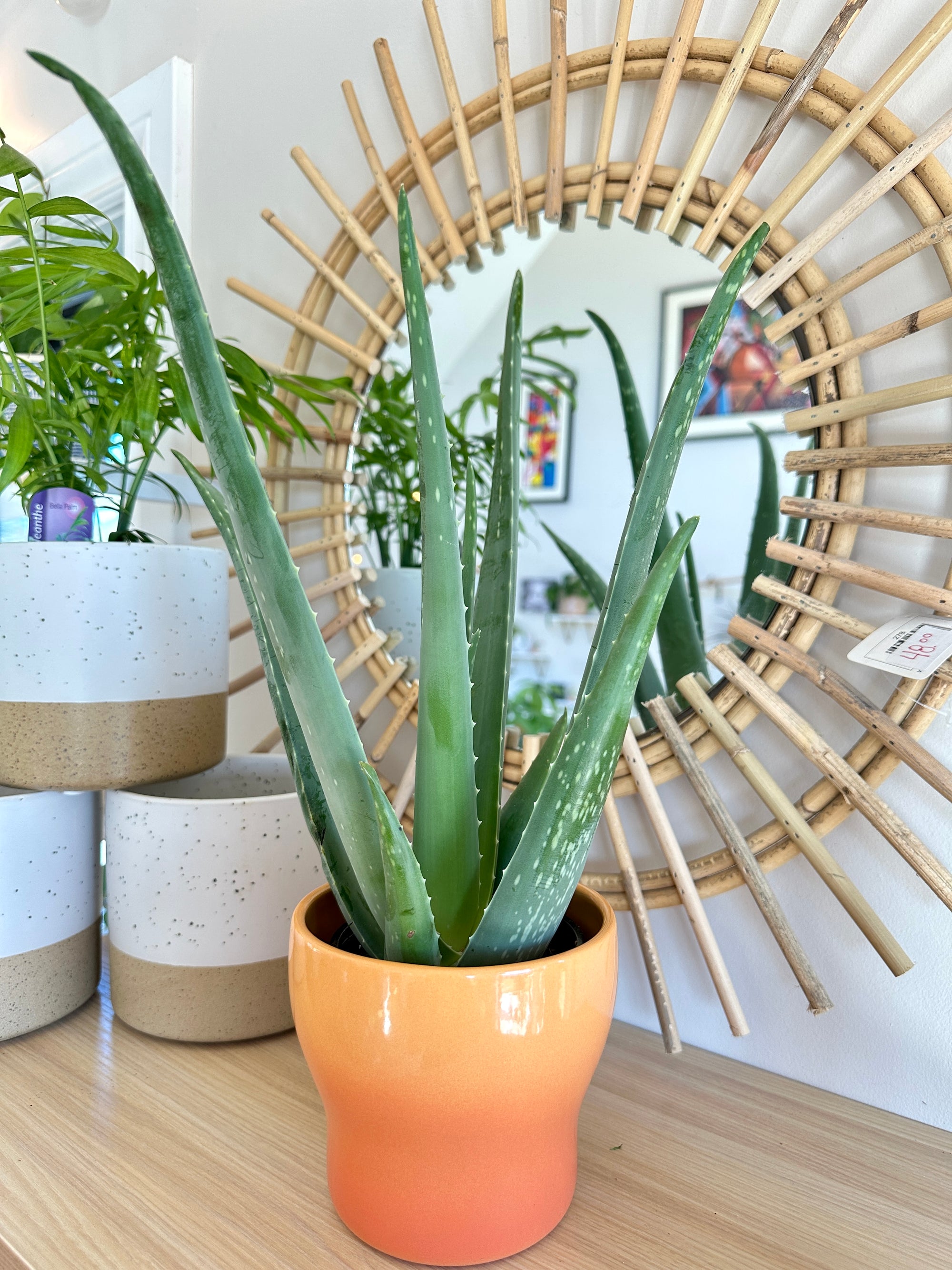Regular price
$12.00 CAD
Regular price
Sale price
$12.00 CAD
Unit price
per
Regular price
$15.00 CAD
Regular price
Sale price
$15.00 CAD
Unit price
per
Sale















